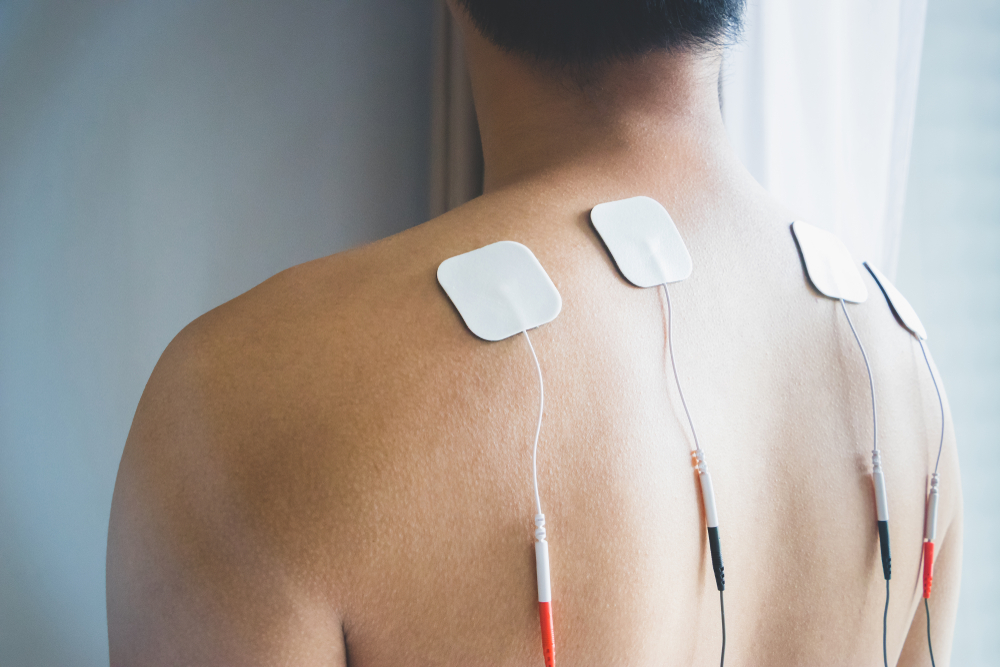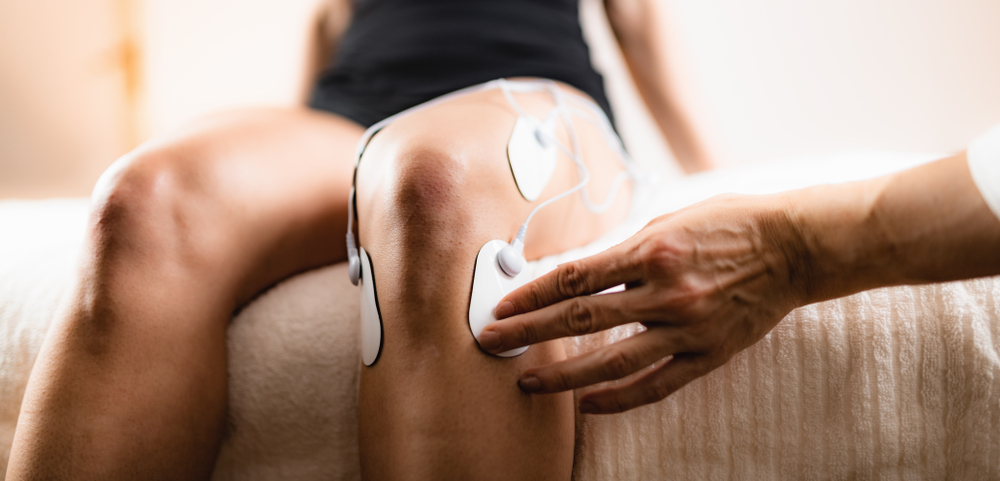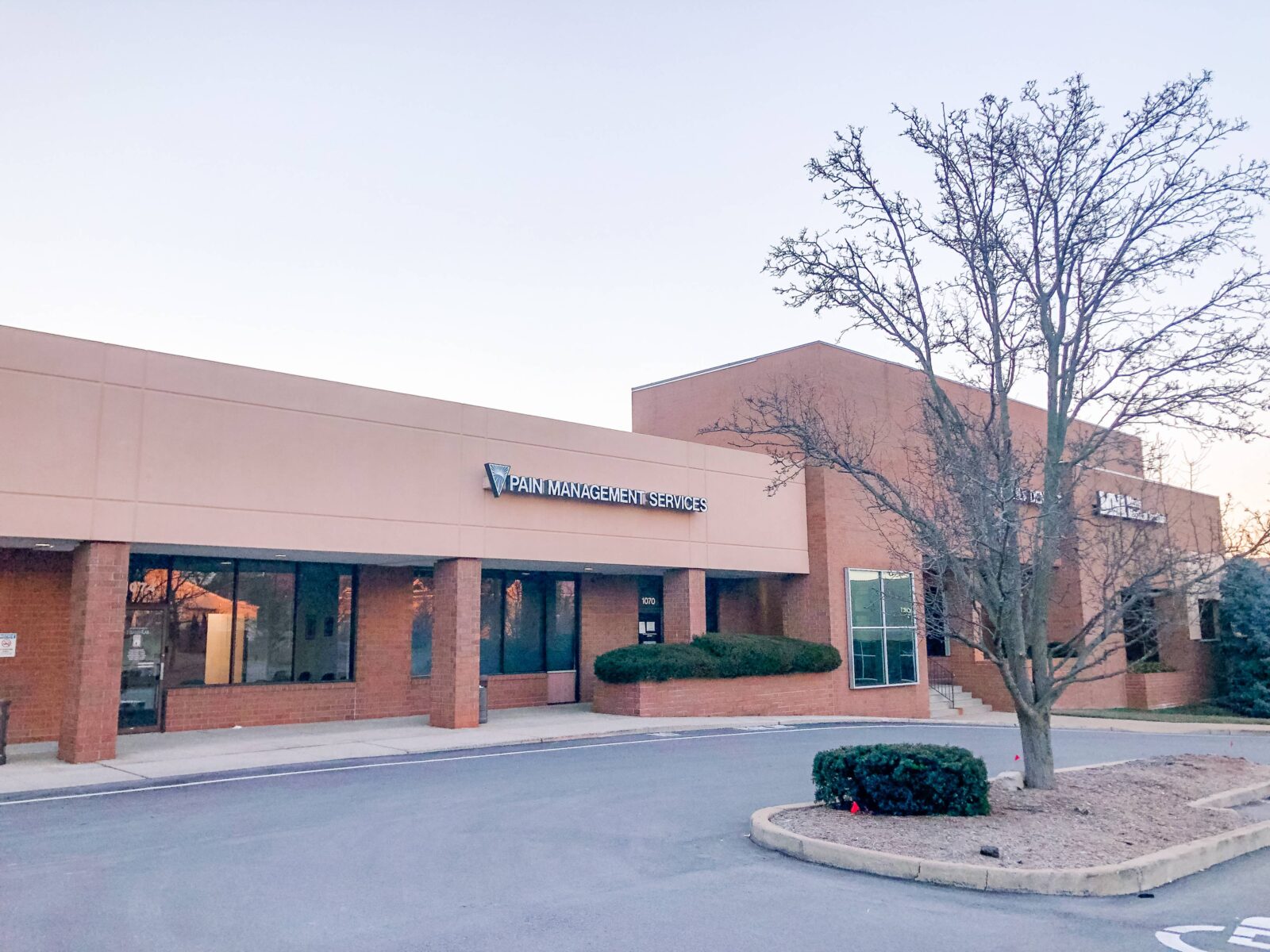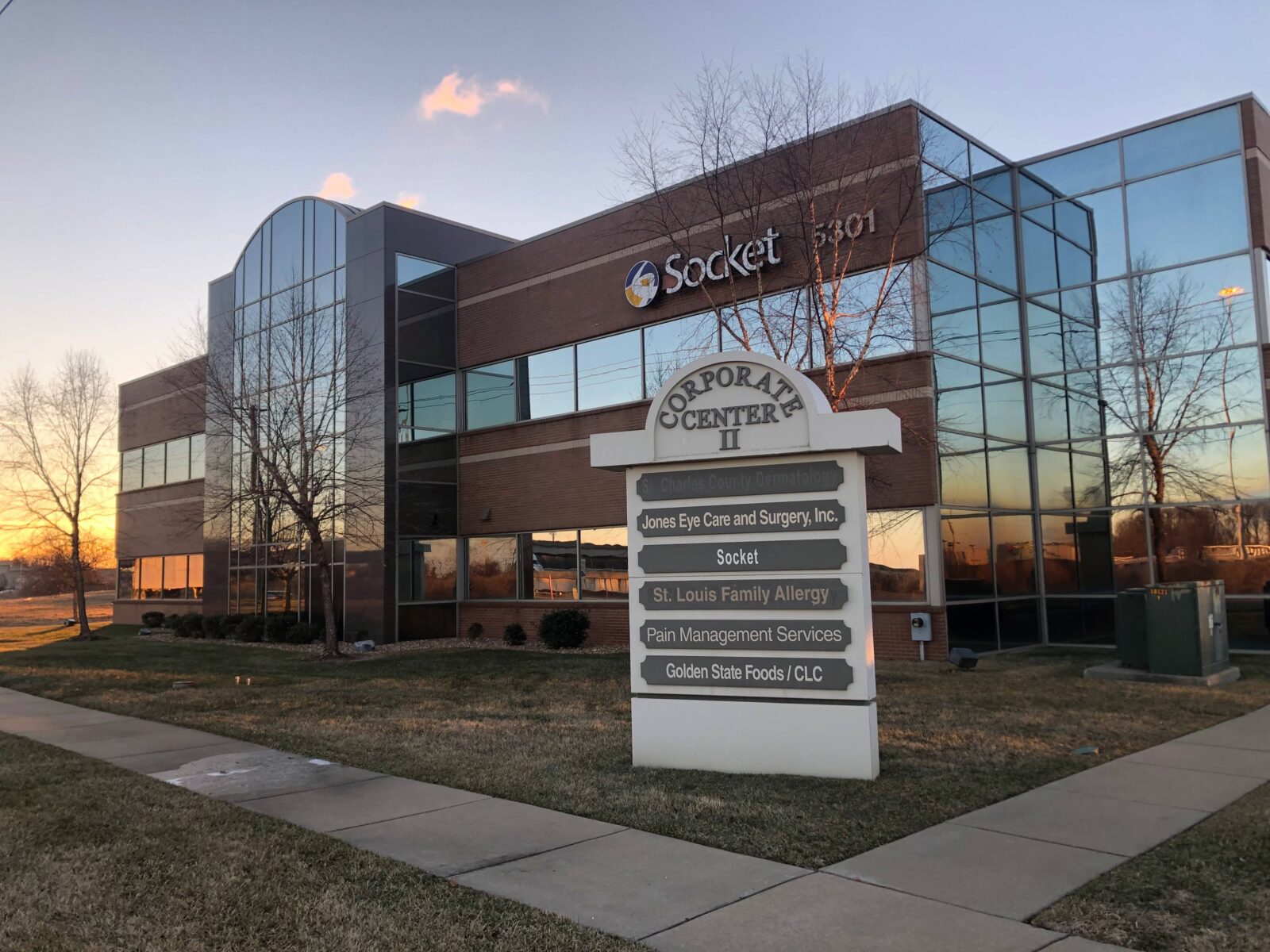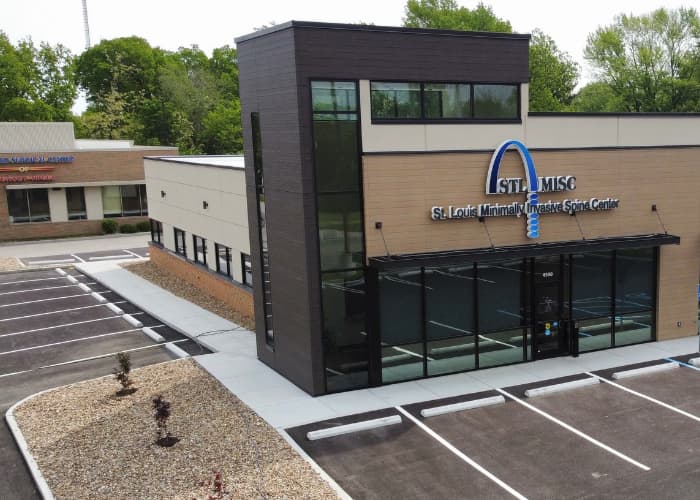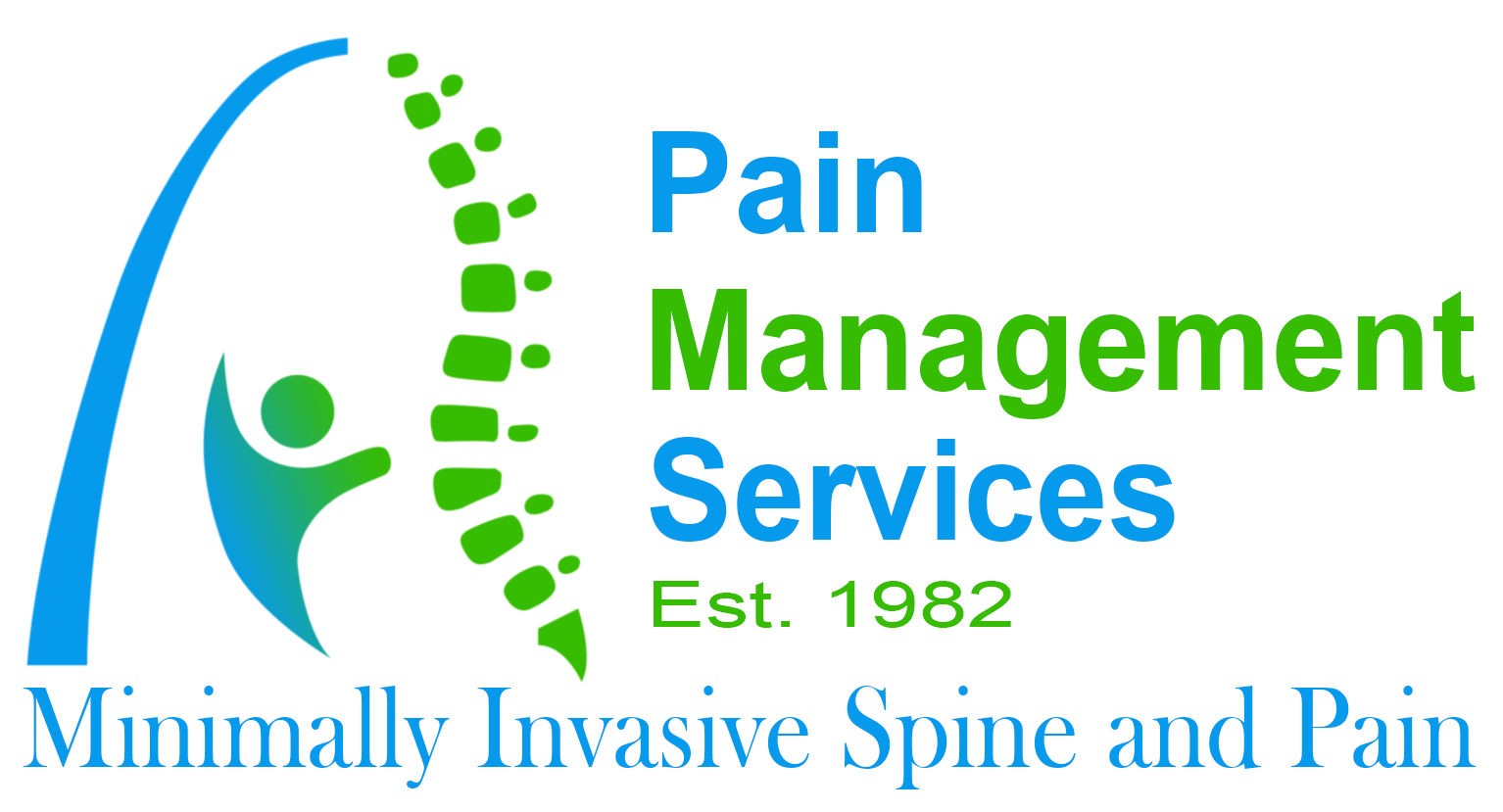Pain is an unfortunate part of life for many individuals, whether caused by chronic conditions, injuries, or everyday stress. While medication and invasive treatments are common approaches, massage therapy offers a non-invasive and highly effective alternative for managing pain. At Pain Management Services, our physicians provide massage therapy as part of a comprehensive approach to pain relief at our three convenient locations in Des Peres and St. Peters, MO. This blog explores how massage therapy can alleviate pain, the different techniques used, and how it complements other pain management strategies.
How Massage Therapy Reduces Pain
Massage therapy involves manipulating muscles, tendons, and connective tissues to reduce discomfort and promote healing. Pain, whether acute or chronic, is often linked to muscle tension, poor circulation, or inflammation. Through targeted massage techniques, these issues are directly addressed, offering relief.
- Improved Circulation: Massage therapy increases blood flow to affected areas, delivering essential nutrients and oxygen to muscles and tissues while helping to remove waste products like lactic acid, which can cause soreness.
- Muscle Relaxation: Tight or stiff muscles can worsen pain, especially in those with chronic conditions like fibromyalgia or arthritis. Massage therapy loosens tight muscles, improves mobility, and reduces stiffness.
- Endorphin Release: Massage stimulates the release of endorphins, the body’s natural painkillers. These neurotransmitters block pain signals and promote feelings of well-being, addressing both the physical and emotional aspects of pain.
- Reduced Inflammation: Inflammation, a common source of pain in conditions like arthritis, can be alleviated through massage. The therapy promotes lymphatic drainage and increases circulation, reducing swelling and discomfort.
Our team at Pain Management Services tailors massage therapy to meet each patient’s unique needs, whether they’re dealing with chronic pain, recovering from an injury, or seeking relief from stress-related tension.
Types of Massage Therapy for Pain Relief
Massage therapy isn’t a one-size-fits-all solution. Different techniques are used to address various types of pain and discomfort. Here are some of the most common forms of massage therapy used for pain management:
- Deep Tissue Massage: This technique focuses on the deeper layers of muscle and connective tissue. It is particularly effective for treating chronic pain, such as sciatica, muscle stiffness, and injuries. Slow, firm pressure is applied to release deep muscle tension and adhesions, providing long-lasting relief.
- Swedish Massage: One of the most common types, Swedish massage is used for relaxation and relief from muscle tension. Long, flowing strokes combined with kneading and tapping improve circulation, reduce stiffness, and relieve mild pain.
- Trigger Point Therapy: This technique targets specific pain points known as trigger points. These tight areas within muscles can cause pain in other parts of the body. By applying focused pressure, trigger point therapy reduces referred pain and improves muscle function.
- Sports Massage: Designed for athletes and active individuals, sports massage addresses pain from overuse, injury, or strain. It focuses on areas prone to stress or injury, improving flexibility, reducing muscle soreness, and speeding recovery.
- Myofascial Release: This technique releases tension in the fascia, the connective tissue surrounding muscles and organs. By gently stretching the fascia, myofascial release improves mobility and reduces pain.
At Pain Management Services, our physicians use various massage techniques based on each patient’s individual needs, ensuring optimal pain relief.
Benefits of Massage Therapy in Pain Management
Massage therapy is gaining recognition as a valuable component of pain management plans. Some of its key benefits include:
- Non-Invasive Treatment: Massage therapy provides pain relief without surgery or medication, offering a safe and natural alternative for those seeking to avoid pharmaceuticals.
- Holistic Approach: Massage addresses both the physical and emotional aspects of pain. By promoting relaxation and reducing stress, it improves overall well-being, which is especially beneficial for chronic pain sufferers.
- Personalized Care: Every massage session is tailored to the individual, focusing on areas of discomfort and using techniques most likely to provide relief.
- Minimal Side Effects: Unlike medications, which can cause side effects, massage therapy is generally free from negative aftereffects. Mild soreness may occur, but it typically subsides within a day or two.
- Improved Mobility and Function: Massage therapy helps reduce muscle tension and improve circulation, leading to better mobility and joint function, particularly for those dealing with stiffness or joint pain.
What to Expect During a Massage Therapy Session
If you’re new to massage therapy, it’s natural to wonder what to expect. At Pain Management Services, we ensure that patients feel comfortable and well-informed before treatment begins.
- Initial Consultation: Your session will start with a consultation where a licensed therapist will ask about your pain, medical history, and specific areas of discomfort. This helps develop a tailored treatment plan.
- Massage Session: During the session, you’ll lie on a massage table, face-up or face-down, covered by a sheet. The therapist will apply various techniques to relieve tension and pain. Pressure can range from light to deep, depending on your preferences and the type of massage.
- Post-Massage Evaluation: After the session, the therapist will discuss your experience and advise on follow-up treatments, stretches, or home care recommendations, such as drinking water or applying heat to enhance the massage’s benefits.
- Follow-Up Care: For chronic pain or more severe conditions, multiple sessions may be recommended. Our team will work with you to determine the appropriate frequency of treatments for the best results.
How Massage Therapy Enhances Other Pain Management Techniques
Massage therapy works exceptionally well when combined with other pain management treatments. At Pain Management Services, it is often integrated into a broader treatment plan that may include chiropractic care, acupuncture, or physical therapy. These therapies complement each other, addressing the root causes of pain while providing relief.
For instance, chiropractic care can help realign the spine, while massage therapy releases muscle tension that contributes to pain. Similarly, acupuncture stimulates the body’s natural healing processes, while massage promotes circulation and reduces inflammation. Together, these treatments help patients achieve faster recovery and longer-lasting relief.
Moving Forward with a Pain-Free Life
Massage therapy offers a powerful, natural solution for managing pain, whether you’re dealing with chronic conditions or recovering from an injury. At Pain Management Services in Des Peres and St. Peters, MO, our team is committed to helping patients find relief through customized massage therapy treatments. By addressing both the physical and emotional aspects of pain, massage therapy enhances overall well-being and reduces discomfort.
If you’re ready to explore the benefits of massage therapy, contact Pain Management Services today to schedule your first session.
Sources:
- Moyer, C. A., Rounds, J., & Hannum, J. W. (2004). A meta-analysis of massage therapy research. Psychological Bulletin.
- Field, T. (2014). Massage therapy research review. Complementary Therapies in Clinical Practice.
- Furlan, A. D., Imamura, M., Dryden, T., & Irvin, E. (2008). Massage for low-back pain. Cochrane Database of Systematic Reviews.



